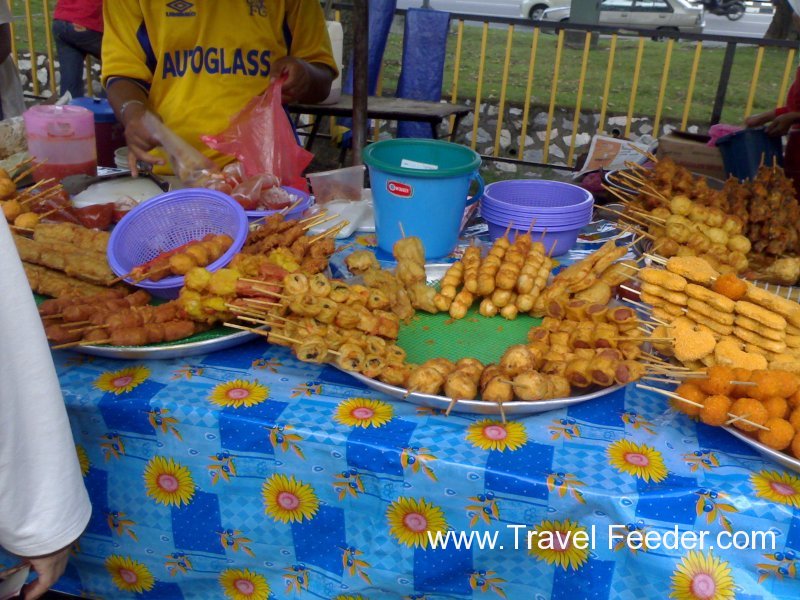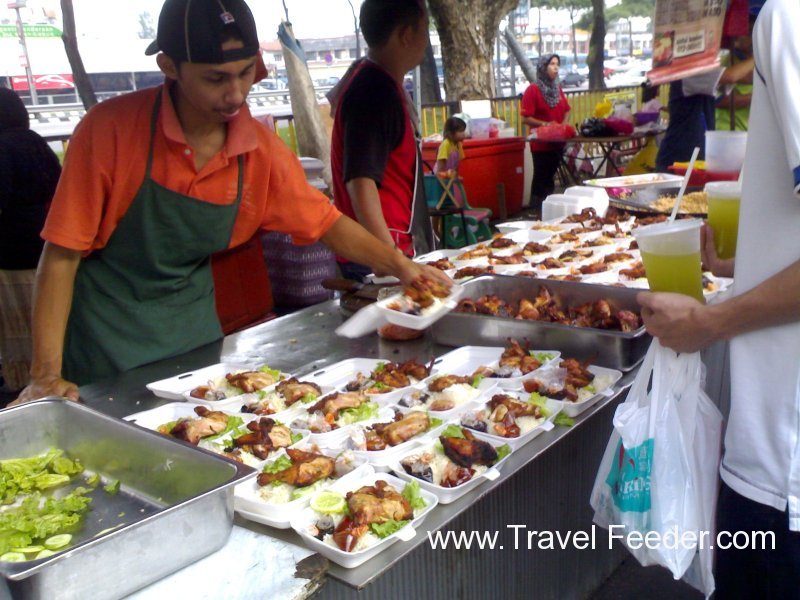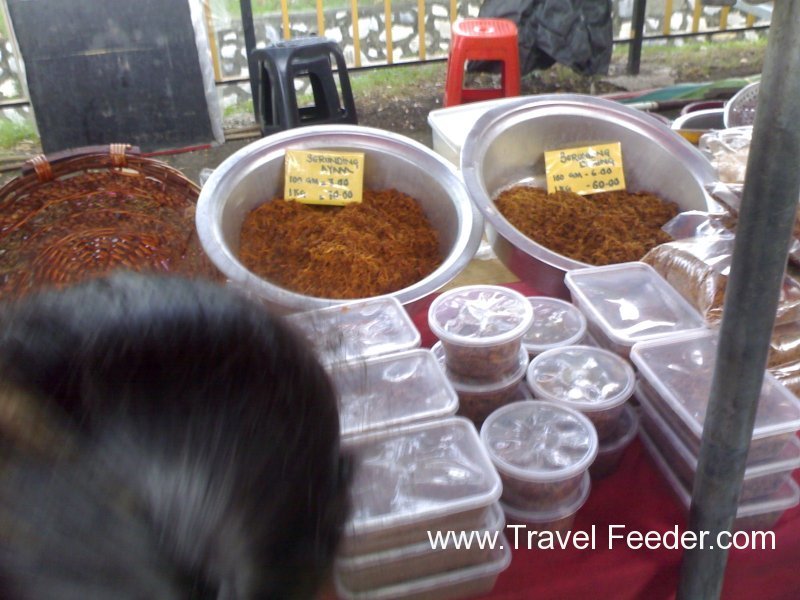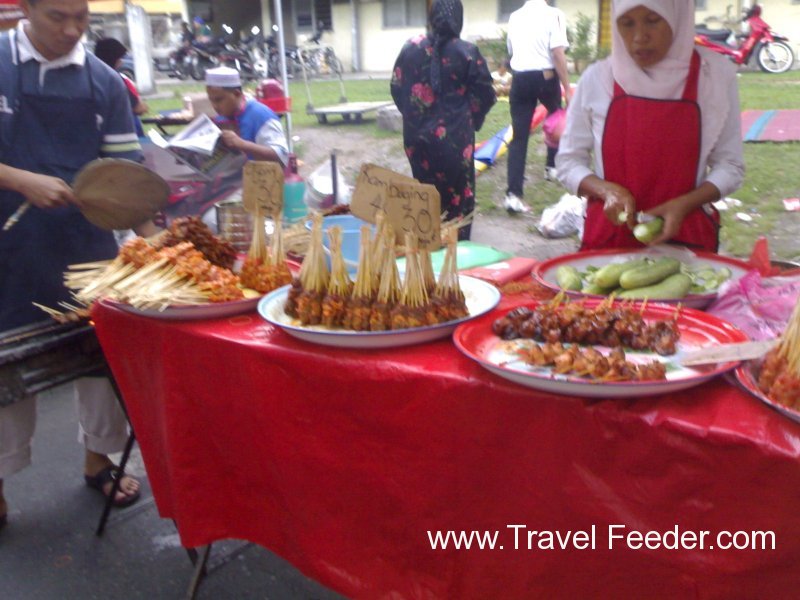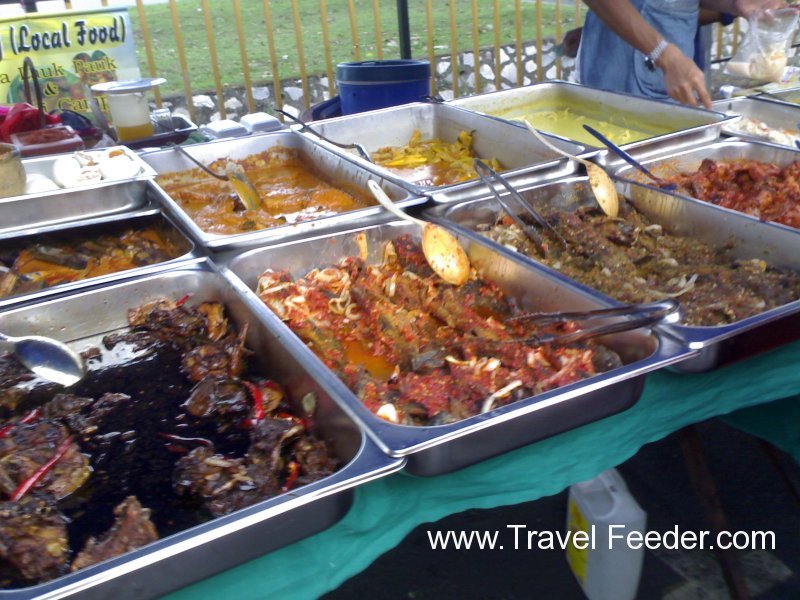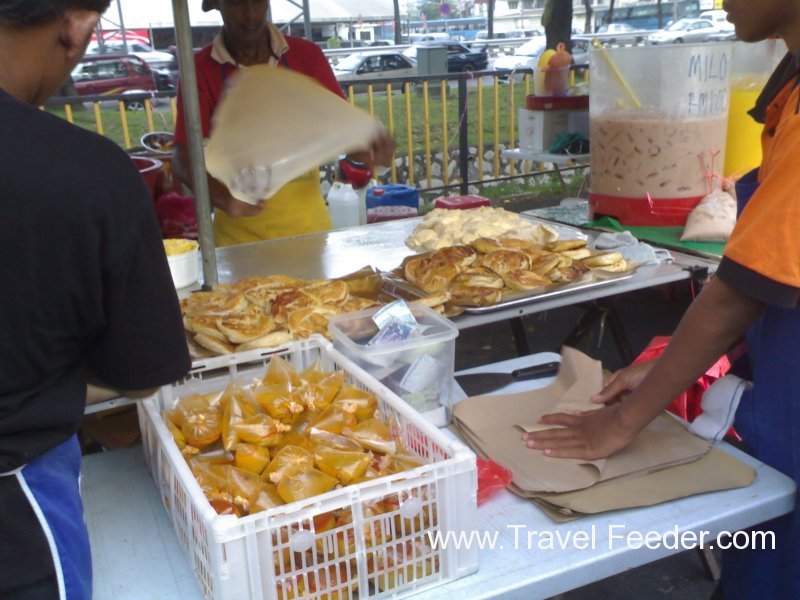 Ramadan month or the fasting month dropped on September this year where our Muslim counterparts are spending the whole month fasting during the daylight hours from dawn to dusk, normally from 5:30am to 7:30pm. It is the ninth month of the Islamic calendar. After which, Muslim will celebrate their ‘Festival of Breaking Fast’ or Hari Raya, the Muslim New Year.
Ramadan month or the fasting month dropped on September this year where our Muslim counterparts are spending the whole month fasting during the daylight hours from dawn to dusk, normally from 5:30am to 7:30pm. It is the ninth month of the Islamic calendar. After which, Muslim will celebrate their ‘Festival of Breaking Fast’ or Hari Raya, the Muslim New Year.
During the fasting month, muslims could not eat or drink or even smoke during day time and could only break fast after sunset which in Muslim belief could wash away sins accumulated for the past year. For working muslim, it would be tiring to prepare their dinner everyday by that hours or it would be too late for children having fasted for the whole day. Because of that, there are plenty of occasional or seasonal food stalls appeared all over streets in the evening to capture these people in the city of Malaysia.
Nowadays, this is in fact an tourist attraction to the local non muslims and even tourists visiting to Malaysia during this month where it becomes a special local food carnival of Ramadhan month with lots of local foods on sale only for this period. I think this is a special month for tourists to visit Malaysia as they are lucky to be able to try so many local Malay foods or snacks all at 1 place at the same time!
I went to one of the biggest Ramadhan food street market in Jinjang Selatan, Kuala Lumpur last weekend and have captured some photos of the yummy foods on sale in the market. Photos are more than words could tell….
Nearly hundred of food stalls are set up along both sides of the road. You can choose whatever meat balls you prefer.
Fried chicken rice originally a Chinese cuisine has nowadays become popular among our malay friends.
Chicken or beef floss…
You haven’t really tried the malay food if you have not tried ‘Satay’ before…
‘Mixed’ vegetables and curry for your main course tonight…
Local Indian ‘mamak’ favourites: Roti Bomb! On sale in either plain or with ‘kaya’ filling.
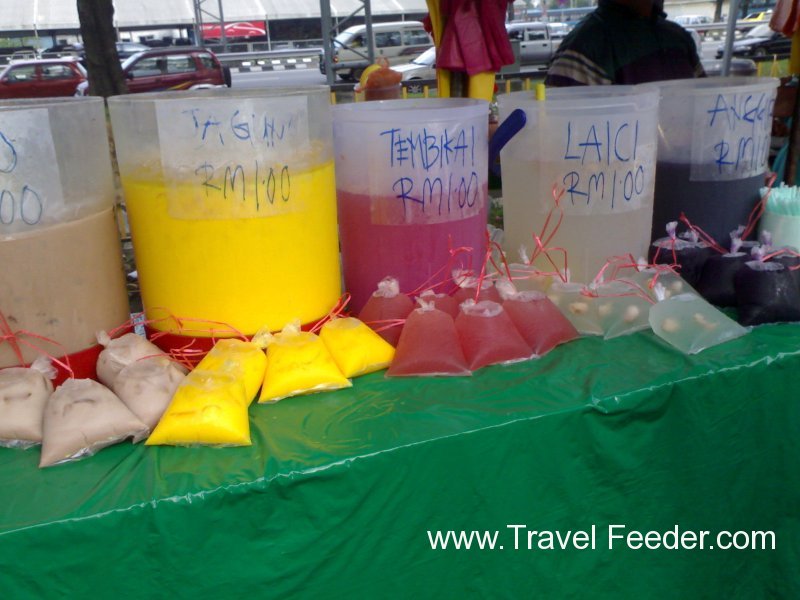
Hmm… dare to try? Various kind of fruit drinks includes Corn? juice, watermelon, lychee or grapes…
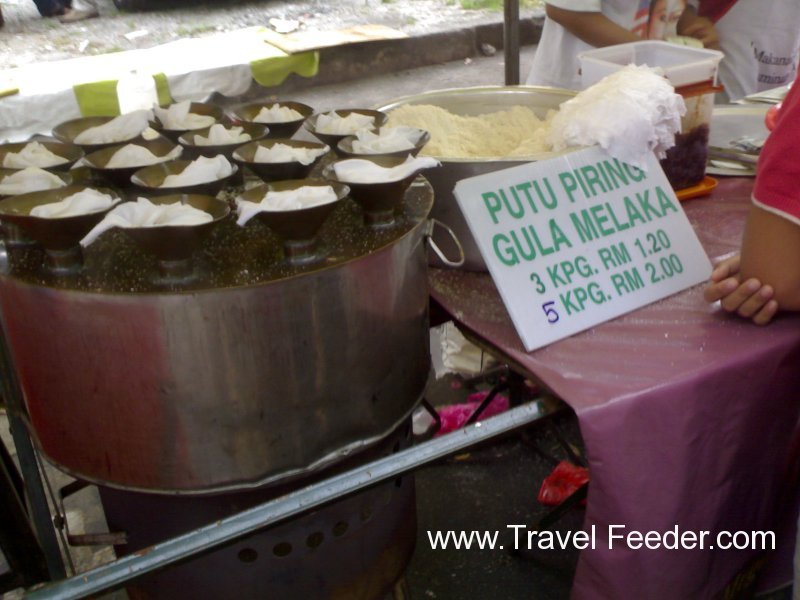
This is my favourite! Rice cake with ‘Melaka’ brown sugar floss! ![]()
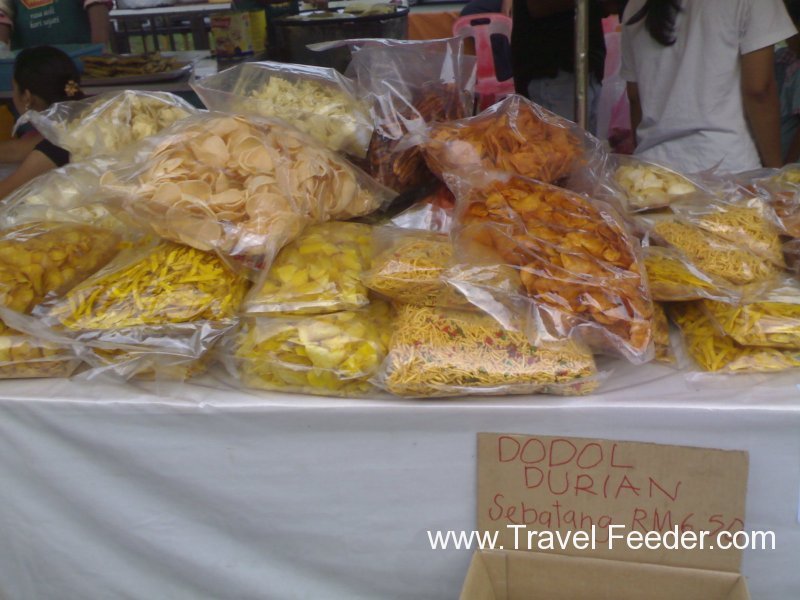
All kinds of fritters made from either potatos, flour, prawn or beans…
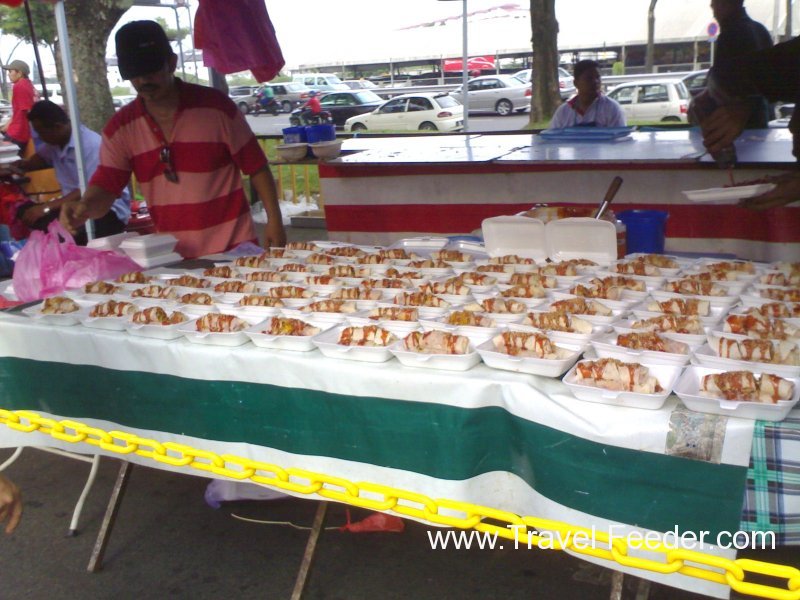
‘Poh Piah’ – Another Chinese originated snack food, dumpling with vegetables filling…
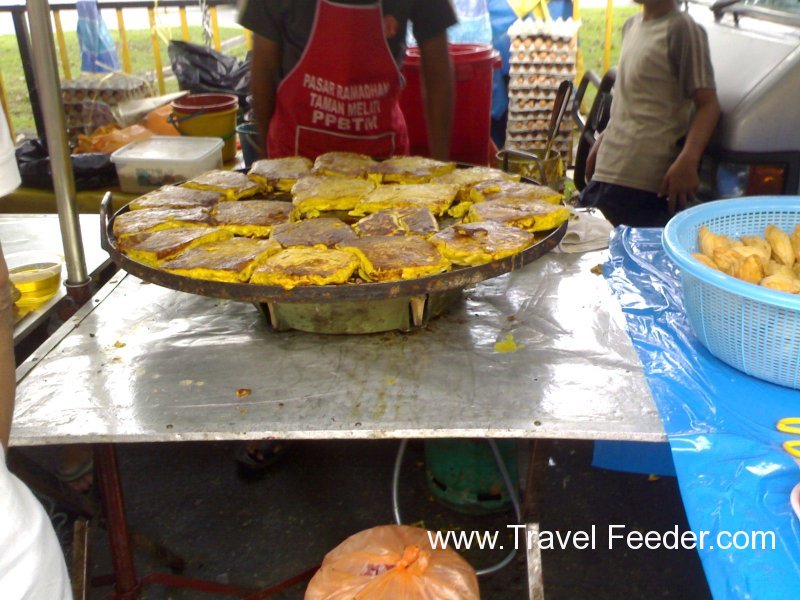
‘Murtabak’ or omelette with chicken or beef filling… Taste better than its look. ![]()
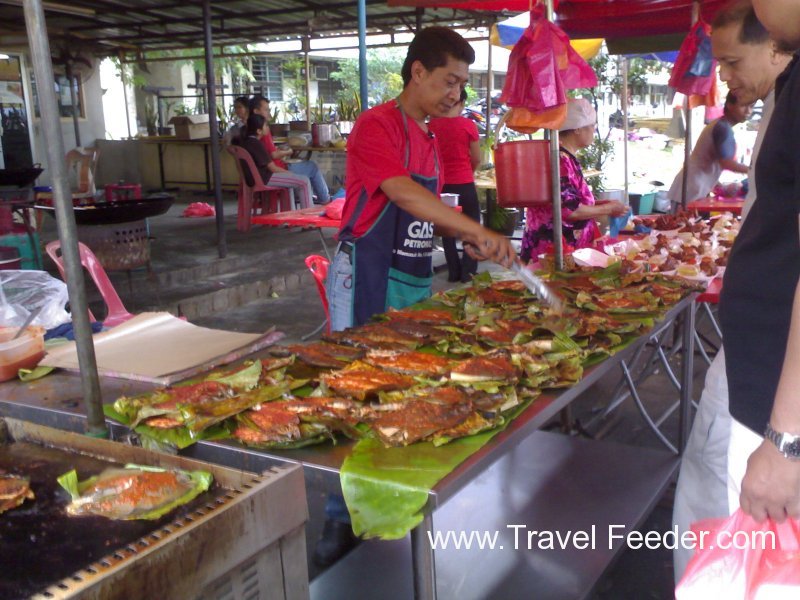
Grill fish on banana leaf! Yummy!
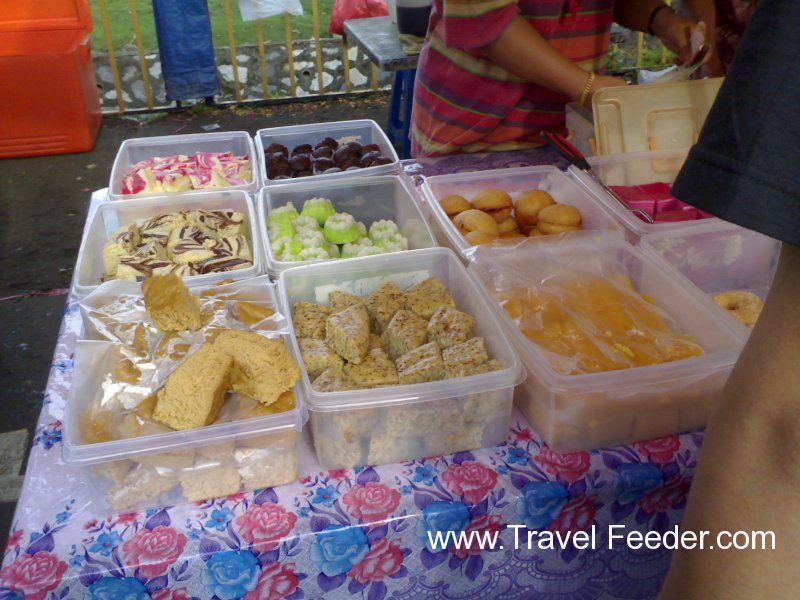
All kinds of Malay traditional cakes. You can’t miss them….
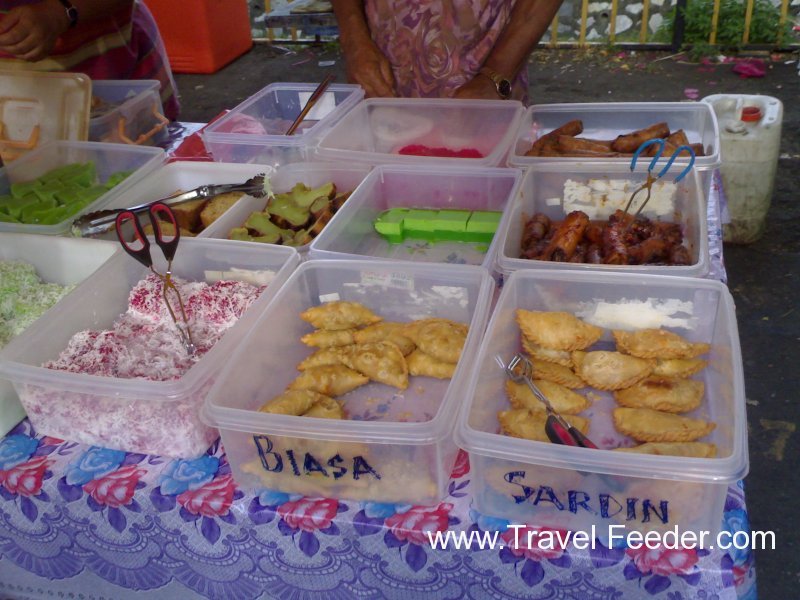
Or you would prefer these also traditional cakes and snacks. Curry puffs are my favourite too!
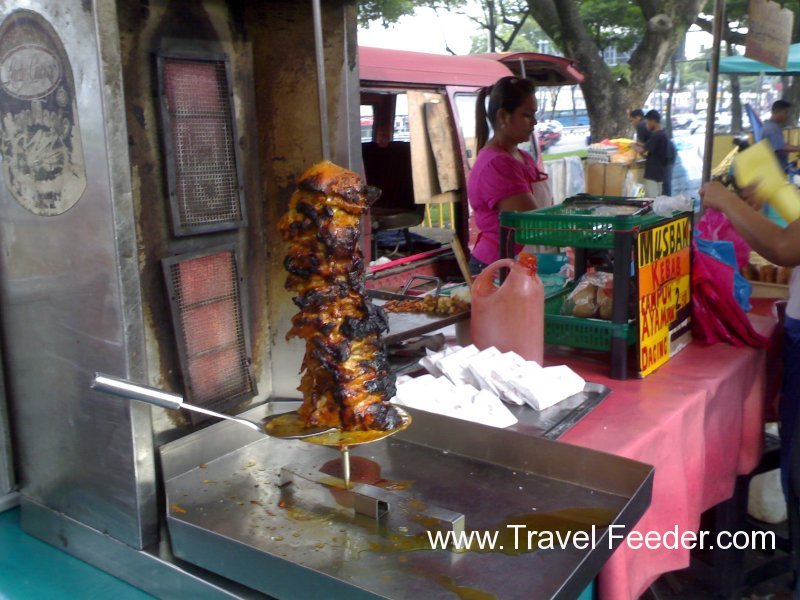
Wow! Can you see this? Turkish kebabs are sold here also!
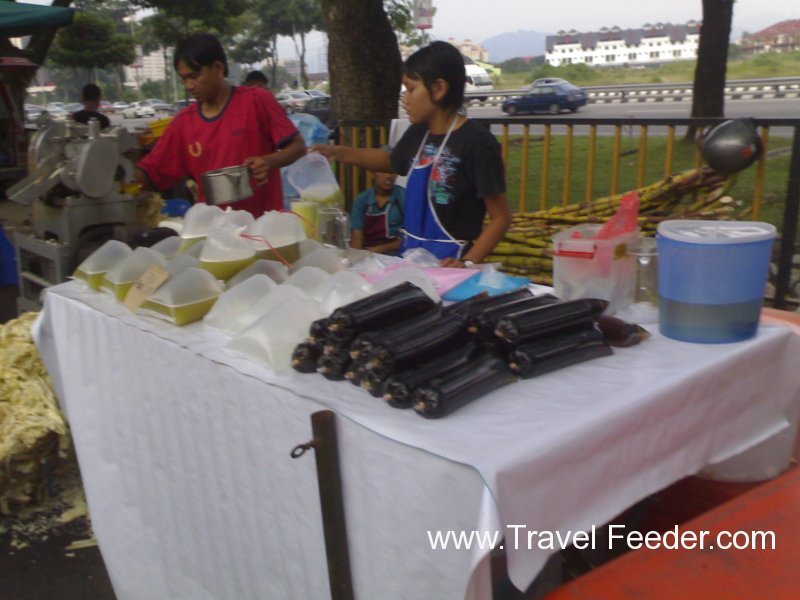
Doesn’t like those colourful fruit drinks? You definitely can’t go wrong with this sugar cane, coconut or jelly drinks!
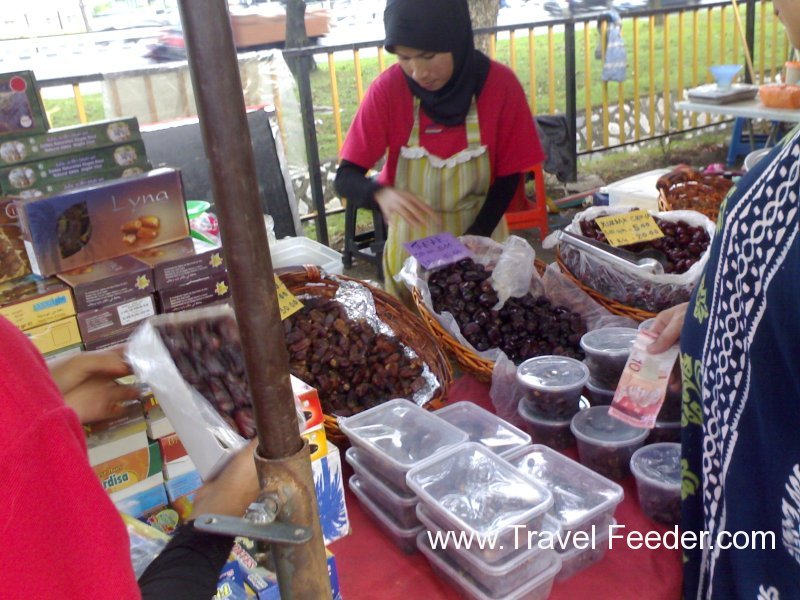
You may want to have snacks after breaking fast. Dates might be your preference….
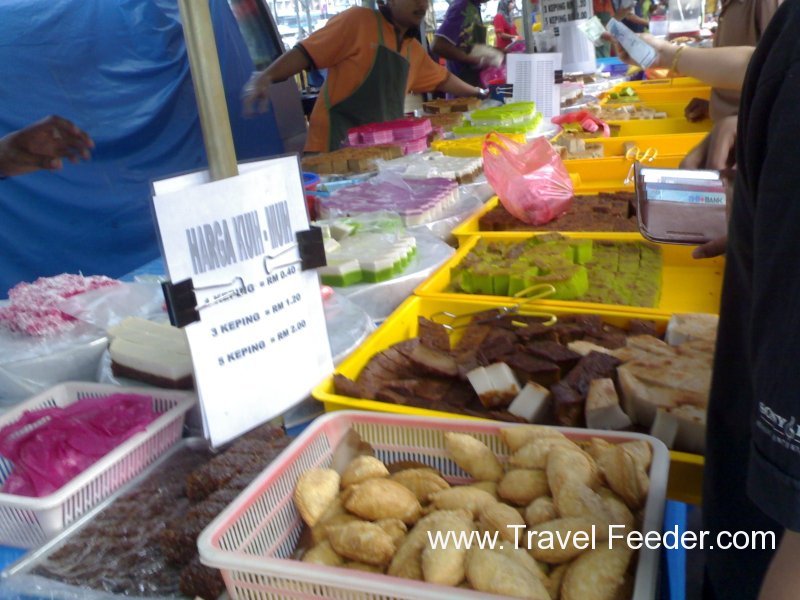
Prices are extremely cheap while the foods are yummy!
Aren’t they all look mouth-watering to you? For those who are keen to try our local malay food could visit Malaysia during this Ramadhan period as you can save much on the cheaper hotel rates as well. Until the 30th of September, all these flee food markets would be disappeared and all local muslim will be celebrating their New Year on the 1st of October
